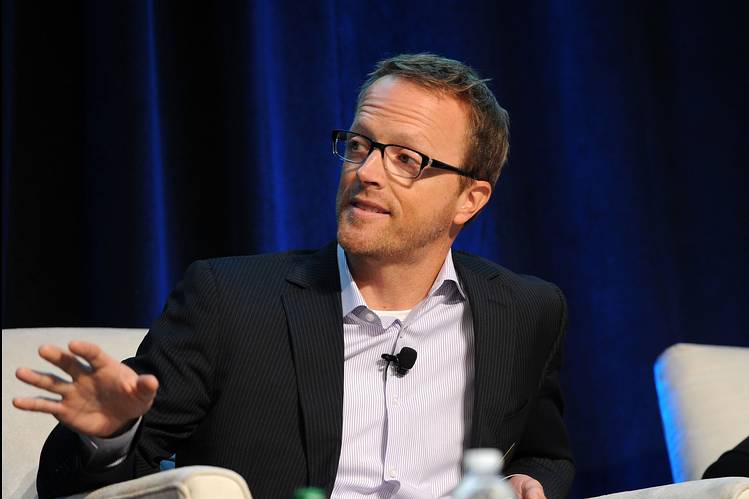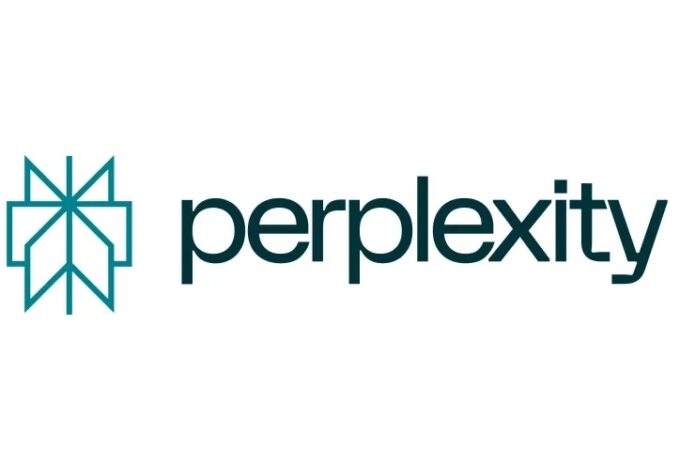
LendingClub’s Newest Problem: Its Borrowers
By TELIS DEMOS and PETER RUDEGEAIR for WSj
Charge-off rates have risen as much as 38% since 2013 at the largest online lender
Online lenders once dazzled investors with the promise that sophisticated, fast data mining could identify the best borrowers.
In practice, the results haven’t always been as impressive.
Charge-off rates, which reflect loans on which a lender doesn’t expect to collect, have risen as much as 38% since 2013 at LendingClub Corp., the largest online lender, all while consumer credit was improving broadly.
In recent months, online lenders have been contending with more immediate setbacks, such as job cuts, a drop-off in venture-capital funding and the forced resignation of Renaud Laplanche as LendingClub chief executive following alleged loan-sale improprieties at the San Francisco company.
But concerns about the overall effectiveness of quickly evaluating borrowers through algorithms have mounted as well. While online lenders have enjoyed rapid growth compared with traditional channels like bank branches during the last half decade of benign credit conditions, skeptics have questioned for years how their loans would perform in a weaker economy.
Online lenders generally offer unsecured consumer loans up to $30,000 or so. While banks can tap existing customers as new borrowers, the online firms have expanded by reaching new customers through direct mail, online advertisements and podcast sponsorships.
As part of their loan-approval process, most lenders have automated the processes of checking borrowers’ credit metrics and looking up their histories while in many cases avoiding more labor-intensive practices of collecting and reviewing pay stubs or tax returns. For instance, this year, through the first quarter of 2016, LendingClub had verified actual income for 26.8% of loans, down from a peak of 49% in 2013.
A spokeswoman for the company said “credit quality on the Lending Club platform has been consistently strong” and “charge-off rates on 75% of the platform’s loans have remained stable.” She added that “significant steps have been taken to manage credit quality in recent months…while continuing to make affordable credit available to consumers and small businesses.”
The company also has argued that verifying every applicant’s income is unnecessary. For loans made in 2012, for example, there was a higher portion of bad loans among those verified than those that weren’t verified—roughly 12% and 7%, respectively.
In absolute terms, LendingClub’s recent loans aren’t going bad at rates anywhere near the double-digit charge-offs during the financial crisis. But bad loans have been trending higher at online firms compared with some popular bank offerings.
From loans made in 2013 through the first quarter of 2015, gross charge-offs of LendingClub’s lower-graded loans a year after issuance jumped to 6.31% from 4.58%, an increase of 38% or 1.73 percentage points. Charge-off rates on top-graded loans—which go to borrowers with stronger credit histories—rose less dramatically, to 1.51% from 1.46%, according to a presentation by the firm in May.
Charge-offs are ticking up at some other lenders. As of May, about 4.2% of the principal amount lent by Prosper Marketplace Inc. in the first quarter of 2015 had been charged off, according to MyCRO, a data tracker from online lending and securitization platform Insikt. Loans made a year or two earlier had seen charge-offs of 3.0% and 3.8%, respectively, after a similar amount of time had passed. A Prosper spokeswoman had no immediate comment.
Meanwhile, the percentage of loans written off by banks on their credit-card books last year hit the lowest level since the 1980s, according to Federal Reserve data. The rate was 3.16% in the first quarter versus 3.78% at the beginning of 2013, according to the regulator’s data. The Fed’s data take into account amounts lenders were able to recover from borrowers after the loans were written off, while LendingClub’s data don’t. The banks’ charge-off rates have ticked higher in 2016 versus their low in 2015.
Part of the problem for online lenders may be that many borrowers are using their online loans to pile on more debt rather than using them for the purpose of eliminating higher-rate card balances, which is how they often tell the lenders they intend to use the proceeds.
Online borrowers appear to be “tempted to start making purchases on their cards again,” credit research firm Experian PLC wrote in a recent analysis reviewed by The Wall Street Journal.
While about one-third of borrowers said they were paying down credit cards with their online loans, 46% actually started carrying at least 10% more in credit-card debt after getting the loan—well above the 30% rate for unsecured personal loans made by all lenders, Experian said.
LendingClub borrowers are among those who have become more indebted as the firm expanded. Debt-to-income ratios—a common credit measure—for LendingClub borrowers rose to 19.2 in 2015 from 13.8 in 2011, according to an analysis of loan data by research firm MonJa.
The lender, run by CEO Scott Sanborn, tried to address this development in April by stopping new loans to some borrowers who had high debt-to-income ratios. It also reduced initial minimum debt-to-income ratios to 35% from 40% in June.
To entice investors who otherwise might be worried about loan quality, LendingClub and rivals such as Prosper have raised interest rates paid by borrowers.
Some investors are still nervous. Bill Kassul, a partner at Ranger Direct Lending, said his funds stopped buying loans from LendingClub and Prosper last year, even though the loans bought earlier had performed up to expectations.
Part of what concerned Mr. Kassul was that when lenders’ websites experienced a deluge of loan buyers last year, they lowered the interest rates on some loans, and stopped letting some buyers pick loans individually. The system was “good for the borrower, but bad for the investor,” he said.
Many online lenders also receive the bulk of their revenue from origination fees charged to borrowers rather than continuing interest payments. Some analysts say that can create problems because the online lender doesn’t have enough incentive to care about loan quality.
“There’s the potential for misalignment,” said Brendan Ross, founder and president of Direct Lending Investments LLC, a fund that backs lenders making online business loans. The lenders have responded that they have a stake in loan performance because they want investors to keep buying new loans.
Write to Telis Demos at telis.demos@wsj.com and Peter Rudegeair at Peter.Rudegeair@wsj.com




